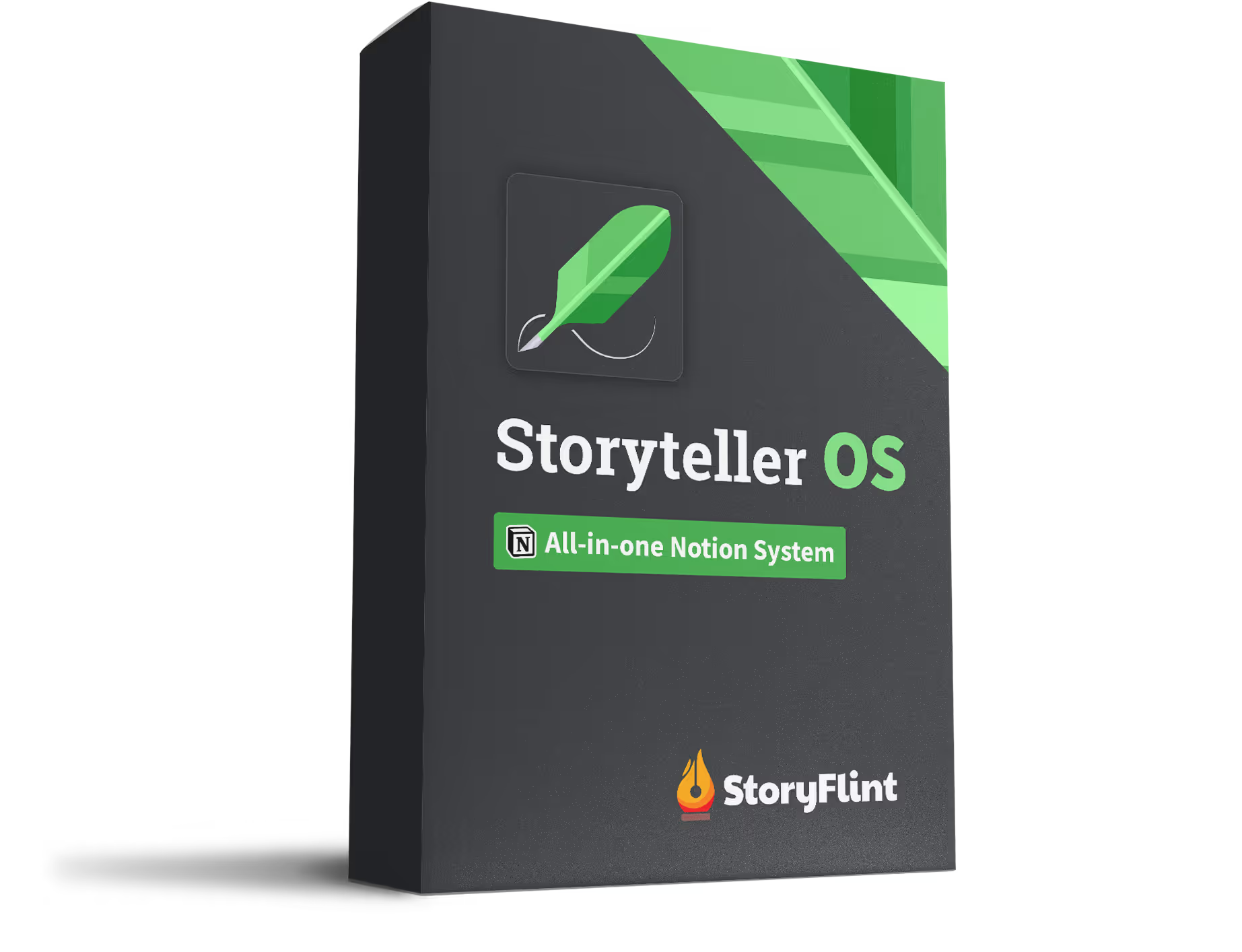The difference between first-person, second-person, and third-person point of view
First-person point of view is different from the second- and third-person perspective in that it tells the story through the eyes of the main character (whether it's the main character of the entire story or just the chapter). This means that readers only see and hear what said character experiences.
Second-person point of view is when the narrator speaks to the reader as if they are in the story. It is less commonly used than first- or third-person point of view, but can be effective in creating a more intimate connection with readers.
Third-person point of view, on the other hand, tells the story from an outsider’s perspective. It allows readers to see and hear everything that happens in the story, including what all the characters are thinking and feeling.
When to choose a first-person narrator for your story
When deciding which point of view to use for your novel, you need to consider your plot and characters. If you want to create a strong connection between your reader and your protagonist, the first-person perspective may be a good choice. However, if you want to explore all aspects of your plot and showcase different characters, third-person narrator may be a better option.
In a first-person perspective, stories that are about personal growth or an inner journey are well suited. First-person narration can also be used to create a sense of intimacy and immediacy between the reader and the story. It is often seen in young adult novels, as it allows readers to better connect with the characters.
Some example story arcs well suited for a first-person narrator:
- Coming of Age
- Overcoming/Dealing with Addiction
- Romance
- Solo Adventures
When first considering first-person narrator, ask yourself the following questions:
- Who is your story about?
- What is the main conflict or goal of your protagonist?
- Do you want to focus on the emotional journey of your character or just the plot?
Ensure that the plot is driven by the POV character.
The plot of your story should be driven by the POV character. This means that the main events of the story should happen to them and be seen through their eyes. If you force other characters into the spotlight, it can weaken the connection between reader and protagonist.
There's no point in writing a story or chapter when the point of view of the character that we are experiencing has no agency or makes no choices in the overall plot. So make sure that everything your POV character does has weight and purpose to the story.
Make sure that the narrator is reliable. The reader should be able to trust what the narrator is saying.
One of the key things to remember is that a first-person narrator should be reliable. This means that the reader should be able to trust what they are saying. If you have an unreliable narrator, it can confuse and frustrate readers, which will ultimately weaken the connection between them and your story.
So make sure that your narrator is someone that the reader can rely on and trusts. This will help keep them engaged in your story.
Avoid info dumps. When you are writing in first-person, it can be easy to include too much information at once.
Try to spread out the information throughout the story. This will make it easier for readers to follow and keep them engaged.
When you include too much information at once, it can be overwhelming for readers and cause them to lose interest. So make sure that you are providing the right amount of information at the right time.
Make sure that the point of view is consistent throughout the novel.
If you switch point of view in the middle of a scene or chapter, it can be confusing and frustrating for readers. So make sure that your point of view is consistent throughout the novel. This will help keep them engaged and allow them to follow the story easily.
Use first-person point of view to create a close connection with the reader and allow them to experience the story firsthand.
When writing a first-person narrative, you are able to create a close connection with the reader and allow them to experience the story firsthand. This can be helpful in drawing readers into your story and keeping them engaged.
First-person POV allows us to intimately explore the thoughts and feelings of the protagonist which can make for an incredibly powerful read.
Make sure that your POV character is someone that the reader can relate to and sympathize with.
The reader should be able to sympathize with your POV character. They should feel as if they are living the story alongside them.
If your POV character is someone that the reader can't relate to or doesn't care about, it will be difficult for them to stay engaged in the story. So make sure that you choose a character that the reader can connect with and root for.
Use the correct pronouns for first-person POV.
When writing in first-person, you need to use the correct pronouns. This will help ensure that your POV is consistent and clear throughout the story.
First-person pronouns include: I, me, my, mine, we, and our. These are different than second-person pronouns (you, your, and yours) and third-person pronouns (he, she, his, hers, they, their, and them).
Use a first-person point of view to show the inner thoughts and emotions of your characters.
When writing in first-person, you are able to show the inner thoughts and emotions of your characters. This can be helpful in giving readers a deeper understanding of your characters and their motivations.
It can also help create an intimate connection between the reader and the protagonist. So make sure that you take advantage of this by showcasing your character's thoughts and feelings as much as possible.
Classic story examples of first-person point of view
- The Hunger Games series by Suzanne Collins
- To Kill a Mocking Bird by Harper Lee
- The Great Gatsby by F. Scott Fitzgerald
- The Catcher in the Rye by J.D. Salinger
- Moby Dick by Herman Melville
Conclusion
In first-person narration, readers are able to connect with the protagonist on a deeper level because they are experiencing everything from their point of view. This can make for an incredibly powerful read.
Make sure that you choose the right POV character and use first-person pronouns correctly. Also, make sure to spread out the information throughout the story so that readers are never overwhelmed. And lastly, make sure that your protagonist is someone that the reader can relate to and sympathize with. By following these tips, you will be able to write a compelling first-person narrative.




